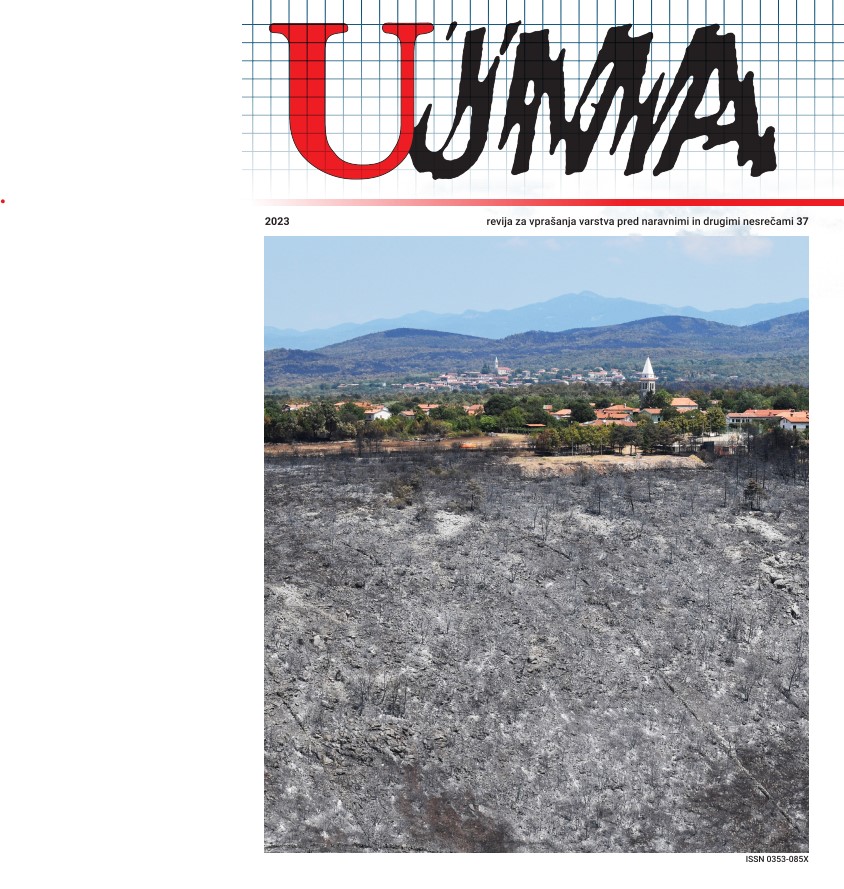BRIEF OVERVIEW OF DROUGHT CONDITIONS IN GROUNDWATER IN 2022
Abstract
The year 2022 began with small amounts of snowfall and below-average precipitation during the spring; these were the main reasons why the aquifers did not fill up to their usual levels over the winter and spring. This was followed by a relatively dry summer with a lack of rainfall, especially in the western part of Slovenia. Consequently, in 2022 we experienced very low groundwater levels in most alluvial aquifers, and low discharges from karst springs, particularly in the western and southern regions of Slovenia. This led to drought conditions in the groundwater as well.
References
ARSO – Agencija RS za okolje, 2023. Sušomer – opis metodologije. https://www.meteo.si/uploads/probase/www/agromet/bulletin/drought/sl/.
ARSO – Agencija RS za okolje, 2022a. Mesečni bilten ARSO, letnik 2022. https://www.arso.gov.si/o%20agenciji/knji%C5%BEnica/mese%C4%8Dni%20bilten/bilten2022.htm.
ARSO – Agencija RS za okolje, 2022b. Sušomer. https://www.meteo.si/uploads/probase/www/agromet/bulletin/drought/sl/.
Draksler, A., Frantar, P., Savić, V., 2017. Indeks SGI – kazalnik hidrološke suše podzemnih voda. Zbornik 28. Mišičev vodarski dan, Maribor.
Mikulič, Z., Andjelov, M., Savić, V., 2003. Prelomna suša podzemnih voda leta 2002. Ujma, št. 17/18, Ljubljana.
Pavlič, U., 2021. Suša v medzrnskih vodonosnikih v letih 2019 in 2020. Ujma, št. 34/35, Ljubljana.
Pavlič, U., 2013. Suša v vodonosnikih leta 2012. Ujma, št. 23, Ljubljana.
Downloads
Published
Issue
Section
License

This work is licensed under a Creative Commons Attribution-NonCommercial-NoDerivatives 4.0 International License.
The articles are made available to the public under Creative Commons Attribution-NonCommercial-NoDerivatives 4.0 International (CC BY-NC-ND 4.0).


